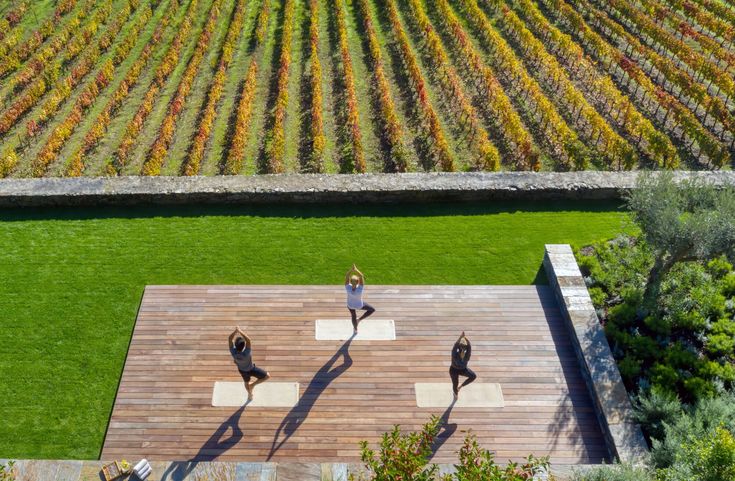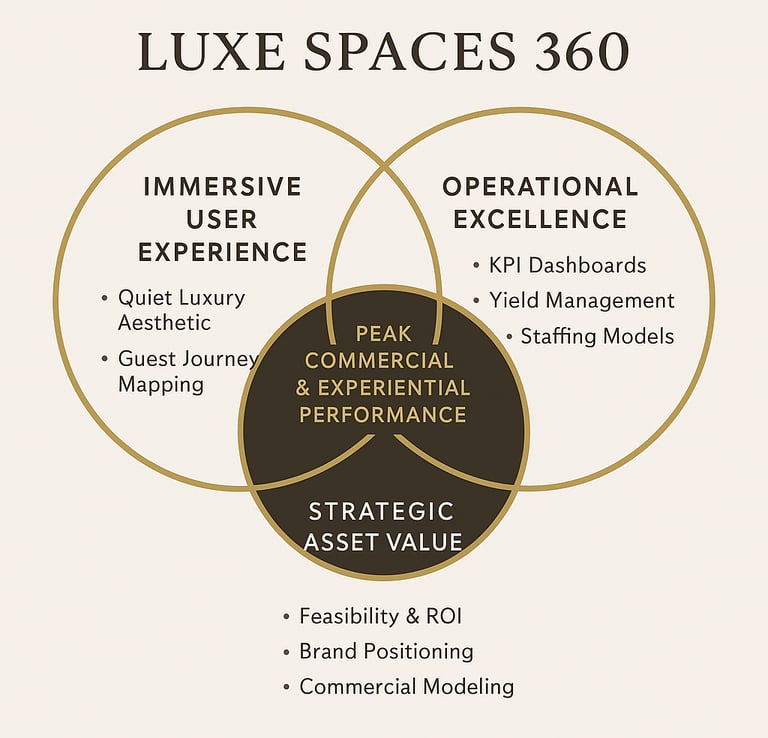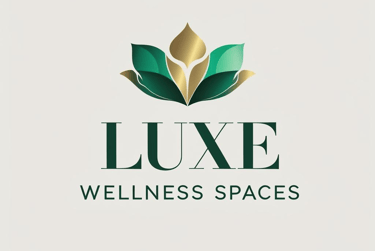Beyond the Buzz: The Regenerative Wellness Trends That Actually Drive Profit
Stop chasing fleeting fads. Learn the regenerative wellness trends that drive asset value and guest loyalty. Elevate your space with expert spa consulting.
Daryn Berriman
10/31/20254 min read
Your spa looks beautiful. Your fitness center has brand-new equipment. So why are guest satisfaction scores flat and wellness revenues stagnant?
The market has shifted from passive amenities to active, regenerative wellness. Regenerative wellness trends focus on measurable, long-term health outcomes for the guest-think sleep science, metabolic health, and emotional resilience-rather than just temporary pampering. For operators, this is a strategic shift from a cost center to a powerful, high-margin profit center.
Guests are no longer just booking a room; they're booking a transformation. High-net-worth travelers will pay a premium for spaces that deliver genuine health results. Ignoring this shift means leaving significant revenue on the table and risking irrelevance. The real challenge isn't just knowing the trends; it's integrating them in a way that delivers both emotional impact and commercial returns.


Trend 1: The Shift from Pampering to Performance
For decades, "spa" meant facials and massages. The new wellness guest, however, wants data. They want to see measurable improvement in their stress levels, sleep quality, or fitness. This "performance-first" approach means your wellness offering must be built on tangible outcomes. It's not just about the service; it's about the result. This requires a strategic foundation built on data, commercial modeling, and clear KPI tracking from day one.
Instead of just offering a "relaxing massage," the trend is toward "protocol-driven recovery" supported by technology (like cryotherapy or infrared) and expert-led guidance. This shift requires a consultancy that understands operational KPIs and yield management, not just interior design.
Trend 2: Hyper-Personalization via Practitioner Networks
A generic menu of services no longer works. The modern guest expects a bespoke solution tailored to their specific goals. This trend moves beyond the hotel's core staff and into a curated network of specialist practitioners. This could include integrating visiting therapists, renowned movement specialists, or wellness coaches into your programming.
Managing this network, ensuring quality, and integrating it seamlessly into the guest journey is a complex operational challenge. When done right, it creates signature wellness programs and retreats that are impossible to replicate, command a premium price, and build a loyal following.
Trend 3: The Hotel-Wide Wellness Ecosystem
Regenerative wellness isn't confined to the spa's four walls. The most successful properties integrate their wellness strategy across the entire resort. This means aligning the spa, fitness, F&B, rooms, and even outdoor recreation into one holistic wellness journey. Does your restaurant's menu support the metabolic health program at the spa? Does the in-room lighting and bedding promote sleep recovery?
This level of cross-departmental coordination is where most wellness initiatives fail. It requires a partner who can develop the high-level strategy and then execute the on-the-ground operational training, from leadership coaching to developing new service standards.


The Costly Mistake Most Operators Make
The most common failure is investing heavily in aesthetic design without a matching investment in operational strategy. A stunning hydrotherapy circuit is useless if it's operationally inefficient, poorly staffed, or disconnected from your guest journey. This "build it and they will come" approach leads to beautiful, empty spaces that fail to deliver ROI. It’s the classic trap of prioritizing aesthetics over performance.
Exceptional wellness spaces must merge three elements: immersive user experience, operational excellence, and strategic asset value.
The Counter-Intuitive Truth About "Quiet Luxury"
The term "luxury" often implies more: more marble, more gold, more opulence. But in regenerative wellness, the new luxury is less.
It’s "quiet luxury". This is about the intentional removal of friction. It's about seamless flow, perfect lighting, and materials that feel timeless and effortless. It's an environment designed to feel deeply human, which paradoxically requires meticulous operational planning to achieve.
Your biggest ROI may not come from what you add, but from what you strategically take away to create a truly effortless experience.
From Concept to Commercial Success
Regenerative wellness trends aren't a checklist of amenities to buy. They represent a fundamental change in guest expectations. Success is no longer just about design. It’s about the precise, end-to-end integration of guest experience, operational excellence, and strategic asset value.
If you're ready to move beyond aesthetics and build wellness spaces that perform, inspire, and deliver measurable returns, our team can help. We specialize in turning wellness concepts into commercially successful, high-performing assets.
Book a no-obligation discovery call with Luxe Wellness Spaces today to audit your current operations and identify your biggest opportunities for growth.


FAQs (People Also Ask)
What is regenerative wellness in hospitality? Regenerative wellness in hospitality moves beyond temporary pampering to focus on tangible, long-term health outcomes for guests. This includes services focused on areas like metabolic health, sleep science, and emotional resilience, all integrated into a holistic guest experience.
How do I increase my hotel's spa revenue and profitability? Increasing spa revenue requires a "performance-first" approach. This involves a strategic operational audit to identify inefficiencies , sophisticated spa menu engineering and pricing strategies , and developing clear KPIs to track performance and manage yield.
What is the difference between wellness design and wellness operations? Wellness design focuses on the "quiet luxury" and aesthetics of a space-its look, feel, and flow. Wellness operations focus on making that space perform. This includes staffing models , service protocols , financial modeling , and ensuring the space delivers both a seamless guest experience and a strong commercial return.
Further reading on our blog: 'Luxury Hammam Design: Why Ritual Is Your Top ROI Driver.'
Learn more about the blog author and our principal consultant at Luxe Wellness Spaces.
Explore our Spa & Wellness Consultancy to scope project phases and services.
See how we structure Fitness and Leisure concepts before you commit to equipment.
Learn why Luxe Wellness Spaces blends design, operations, and growth under one roof.
View a Concept-to-Launch case study that hit break-even in 90 days.
Reference List
Global Wellness Institute: 2024 Global Wellness Trends Report
Skift: The Rise of Regenerative Travel and Immersive Wellness
HospitalityNet: Optimizing Spa Operations for Maximum Profitability
McKinsey & Company: The Future of Wellness: A $1.8 Trillion Market
Condé Nast Traveler: Why Sleep Tourism Is the Next Big Thing


